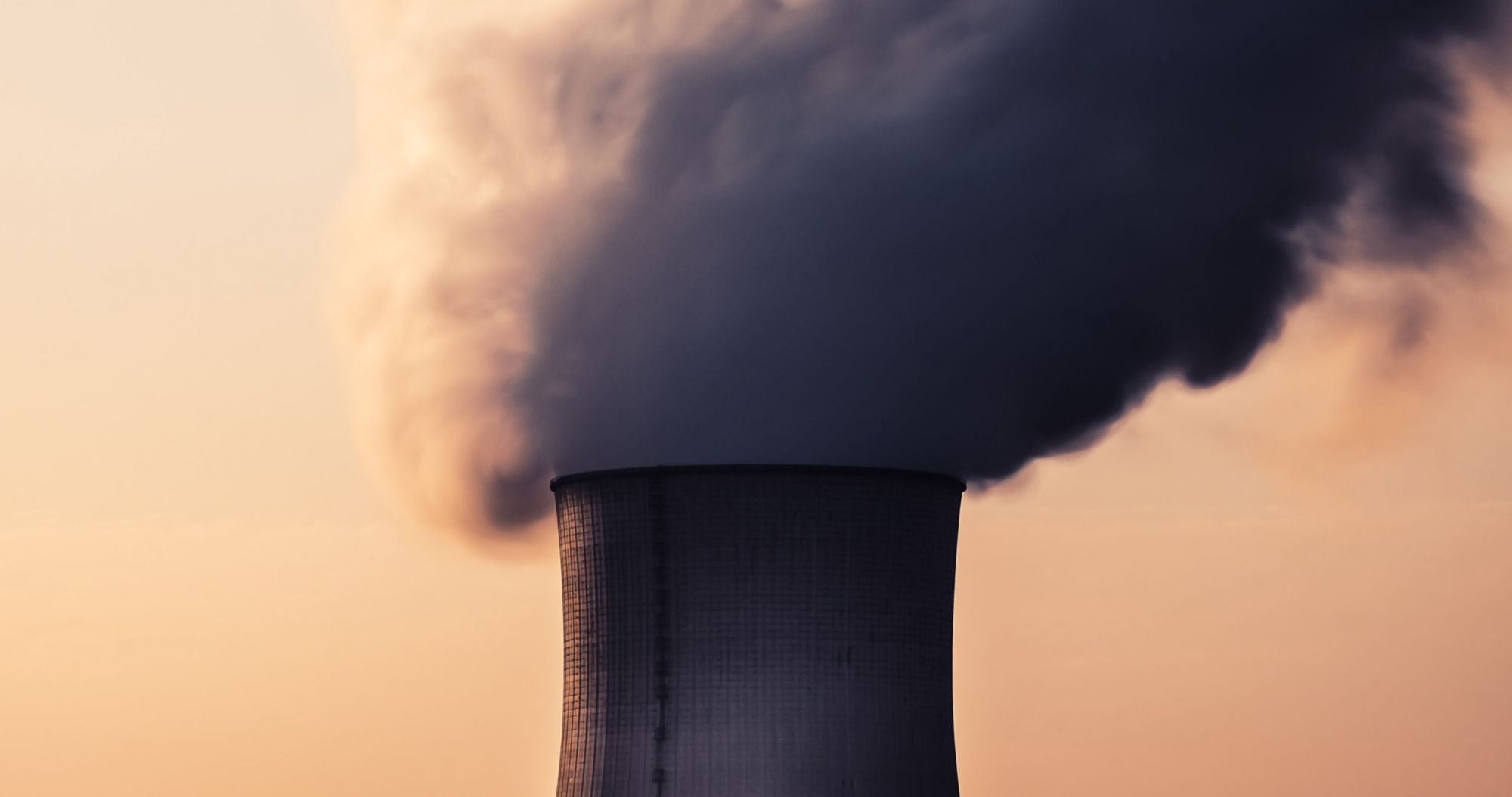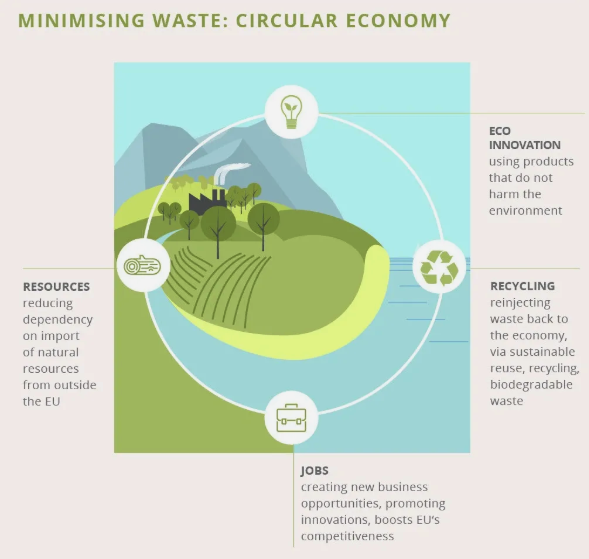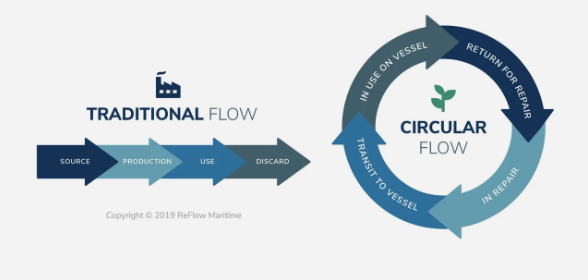
Circular Economy: a solution to cutting carbon emissions
The European Green Deal
In 2015, the European Commission launched the EU’s circular economy action plan. The action plan aimed to ensure that the right regulatory framework was in place to give clear signals to economic operators and society on the way forward with long term waste targets and an ambitious set of actions to be carried out before 2020. The 2015 action plan did include a ban on single-use plastics and new recycling targets, however according to the climate panel report delivered by the Danish Innovation fund, still only 9% of more than 90 billion tons of materials are reused. Despite the ambitious goals in the 2015 action plan, the number of non-reused waste has tripled over the last half-decade and is set to double again by the time we reach 2050 unless we slow this tendency drastically.
On the 13th of November, the European Commission announced the importance of embracing the Circular Economy as a direct tool to “bridge half of the gap towards the 1.5C target” as implementing a circular solution can help cut large CO2 emissions. The 1.5C target is a more ambitious target from the earlier aspiration to keep global temperature rise below 2C by the end of this century. The newly appointed Commission President Ursula von der Leyen emphasized the aim for Europe to cut carbon emissions to net-zero by 2050, where a new circular economy action plan will make up for about half of the carbon cuts. It was also mentioned that National Governments urged for the adoption of a new circular action plan in the industrial sectors, which haven’t been tackled yet in the 2015 action plan. The industries mentioned include textiles, transport, food and the sectors of construction and demolition sectors. With the newly appointed Commission, a second circular economy action plan is being prepared and will be released shortly after the new Commission takes office.
“[The circular economy] will be erected as “the number one priority” of the upcoming European Green Deal.”
Source: Euractiv, 13th Nov 2019

White Paper on solutions to mitigate climate change
Similar to the focus of the European Commission, the White Paper identifies the circular economy as one of the overarching solutions, accompanied by the solutions of using Data, AI and IoT as new connected ecosystems, enabling the decentralization of energy supply and demand.
Circular Economy in the Maritime
At Reflow Maritime, we find it evident that the circular economy is an effective solution to cutting carbon emissions and aims at combining technology with an innovative approach to facilitating circular economy in the maritime industry. We believe that the key to engaging maritime components in a circular flow, while simultaneously complying with security standards is to increase traceability on the individual component. Traceability has previously been key to the facilitation of circular economy, for example, industries such as aviation and automobile use traceability to re-utilize components. As the new European Green Deal values circular economy as the number one priority, especially in the industries that haven’t been tackled in the 2015 action plan, we find it obvious that the maritime industry will be affected by this new action plan.

